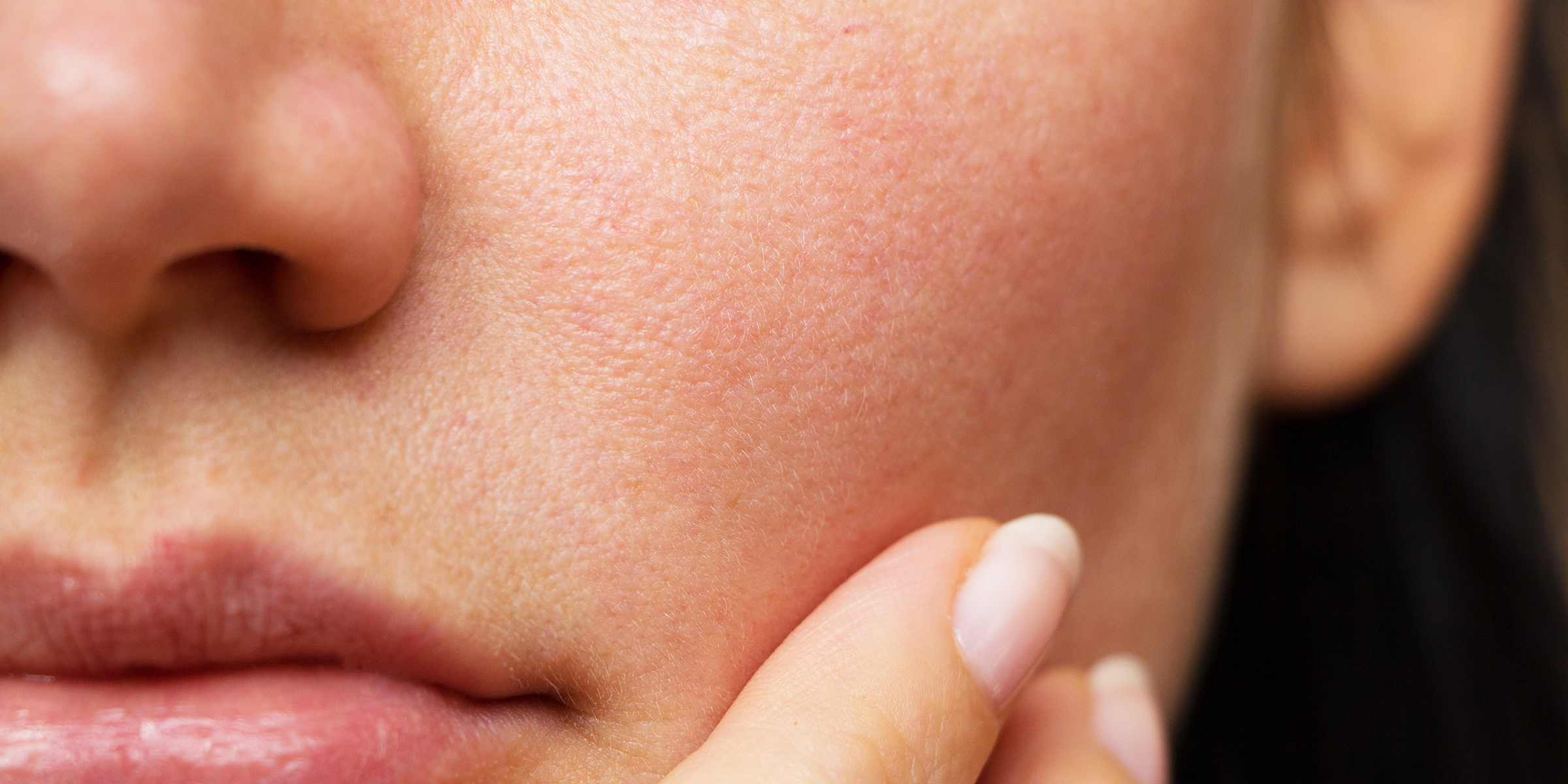The dermis is one of the three primary layers of the skin; between the epidermis and the hypodermis. This is the thickest layer, and has so many incredible bodily functions that keep us healthy. So, why is it important to really break down the layers of the skin and understand their functions? Because in order to properly treat any skin condition, from wrinkles to acne to psoriasis, understanding the root cause can allow for targeted and continuous treatment.
In our last post, we covered the epidermis. The dermis serves an entirely different function. Within the dermis there are blood vessels, sweat glands, hair follicles, oil glands, lymphatic vessels, pain and heat sensors, collagen fibres, and elastin. Yes, the dermis is filled to the brim with important cells and receptors. Let’s unpack these functions, how they function properly, and how we can treat various skin ailments by targeting the dermis directly.
Functions
With its’ several key roles, the dermis is debatably the most important layer of the skin. Some of its’ functions include:
- Temperature Regulation & Toxin Removal: The dermis contains millions of sweat glands throughout the body that secrete their substances into the hair follicles, directly onto the surface of the skin. Toxins are also expelled from the body through sweat.
- Hair Growth: Hair follicles are located in the dermis- this is where hair growth begins.
- Feeling: Nerve endings send signals from the skin to the brain that detect temperature, pain, and touch sensations.
- Blood circulation: the epidermis and whole body is supplied with blood through the blood vessels in the dermis- a very essential funciton!
- Oil production: sebum, or oil, is produced in oil the oil glands. It functions as a hydrator and conditioner to hair and skin. However, an excess of sebum can clog pores and lead to pimples.
- Shape: The dermis gives the skin its shape and rigidity due to the formations of collagen and elastin.
Aging of the Dermis
The natural process of aging reduces the thickness of the dermis over time. As the dermis thins, collagen levels deplete, and elastic fibers become less flexible and clump together. Sweat glands and oil glands, responsible for skin hydration, secrete less fluids. This leads to skin dryness and brittleness. Additionally, the layers of the skin work in tandem. As the skin ages, however, the amount of contact between the dermis and epidermis lessens; leading to reduced nutrient transfer and blood flow to the top layer of the skin. All of these factors lead to less toned, saggy, and wrinkled skin.
Treatment
While our body is able to repair damaged protein due to natural aging and external factors such as sun exposure; they do not work as effectively. Therefore, prevention such as using SPF, keeping the skin hydrated (through drinking fluids and applying topical hydrators), and using retinol after the recommended age of 25 can be effective preventative measures to maintain youthful skin. Treatments can certainly provide useful to restoring collagen and elastin levels. Laser treatments and chemical peels can be quite effective. Radiofrequency anti-aging technology such as TriPollar heats the dermis, while ensuring the epidermis remains unharmed. Heat causes the collagen fibers to contract, stimulating the production of collagen, elastin, and hyaluronic acid.


